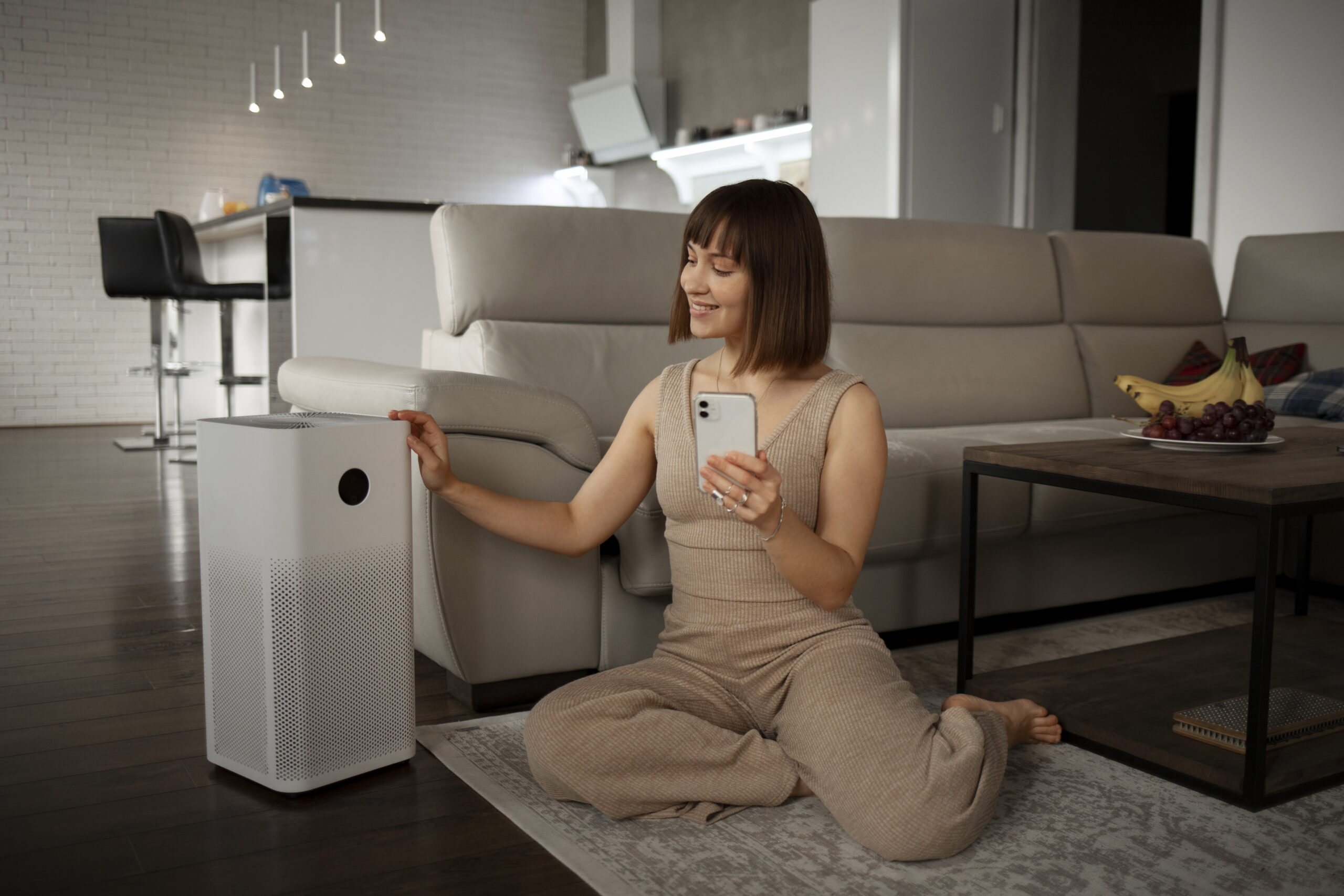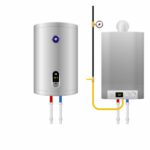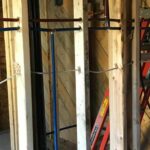Introduction
In the realm of modern construction and building management, indoor air quality and energy efficiency stand as primary concerns.
This is particularly crucial in both residential and commercial settings.
Heat Recovery Ventilators (HRVs) have emerged as a vital solution, bridging the gap between maintaining a comfortable indoor climate and embracing energy efficiency.
This comprehensive exploration delves into how HRVs revolutionize HVAC systems, contributing to a sustainable and eco-friendly indoor environment.
Additionally, the article touches upon the essential role of regular navien tankless water heaters maintenance in complementing overall ventilation and climate control strategies.
Understanding Heat Recovery Ventilators
Function and Mechanism:
HRVs are ingeniously designed to facilitate the exchange of indoor and outdoor air while preserving the indoor temperature.
This is achieved by capturing heat from outgoing indoor air and transferring it to the incoming outdoor air, ensuring a stable and consistent indoor climate.
Energy Efficiency:
The beauty of HRVs lies in their ability to recycle heat.
This feature significantly reduces the need for extra heating or cooling, resulting in lower energy consumption and, consequently, reduced energy bills.
HRVs and Indoor Air Quality
Improved Ventilation:
A key attribute of HRVs is their ability to guarantee a constant flow of fresh outdoor air. This continuous air exchange is vital for sustaining high-quality indoor air.
Reducing Pollutants and Allergens:
HRVs are crucial in enhancing air quality by continuously replacing stale indoor air with fresh outdoor air.
This cycle effectively diminishes the concentration of indoor pollutants and allergens, fostering a healthier living environment.
Regular Water Heater Maintenance
Significance:
Significance of HRVs in Reducing Pollutants and Allergens:
Improved Indoor Air Quality: HRVs play a vital role in enhancing indoor air quality by continuously replacing stale indoor air with fresh outdoor air.
This constant circulation helps to reduce the concentration of indoor pollutants and allergens, creating a healthier living environment for occupants.
Health Benefits: By reducing indoor pollutants and allergens, HRVs contribute to better respiratory health and overall well-being.
People with allergies, asthma, or other respiratory conditions can experience relief from symptoms in homes equipped with HRVs.
Energy Efficiency: HRVs are designed to recover heat from the outgoing stale air and transfer it to the incoming fresh air.
This heat recovery process ensures that the indoor temperature remains stable while minimizing the energy required to heat or cool the air, resulting in energy savings and reduced utility bills.
Enhanced Comfort: HRVs help maintain consistent indoor humidity levels and temperature, ensuring a comfortable living space throughout the year.
This stable environment promotes better sleep quality and overall comfort for occupants.
Odor Control: HRVs help eliminate unpleasant odors from cooking, smoking, or pets by continuously ventilating the indoor space with fresh outdoor air.
This keeps the indoor environment smelling fresh and clean.
Preservation of Building Materials: HRVs can also contribute to the longevity of a home’s structural components by reducing moisture levels.
Excess moisture can lead to mold growth and deterioration of building materials, but HRVs help mitigate this risk.
Connection to Indoor Air Quality through HRVs:
Well-maintained HRVs (Heat Recovery Ventilators) enhance the efficiency of HVAC systems.
This enhanced efficiency has a direct and positive impact on indoor air quality.
HRVs stabilize temperature and humidity levels, ensuring a healthier and more comfortable living environment for occupants.
Incorporating HRVs in HVAC Systems: Integrating HRVs into existing HVAC systems marks a progressive step towards sustainable building practices.
This integration aids in reducing energy consumption and minimizing the carbon footprint of buildings.
Promoting Eco-Friendly Solutions: Utilizing HRVs is in line with eco-friendly building standards.
These standards emphasize the significance of renewable energy sources and energy conservation, thereby contributing to a healthier planet.
Conclusion:
Heat Recovery Ventilators are integral to the quest for eco-friendly and efficient indoor climate control.
They excel not only in enhancing air quality but also in significantly boosting energy efficiency.
Pairing these systems with regular maintenance of appliances like water heaters amplifies the overall efficiency and durability of HVAC systems.
Adopting HRVs and sustainable practices is more than a trend; it’s a crucial approach towards sustainable living and environmental conservation.



